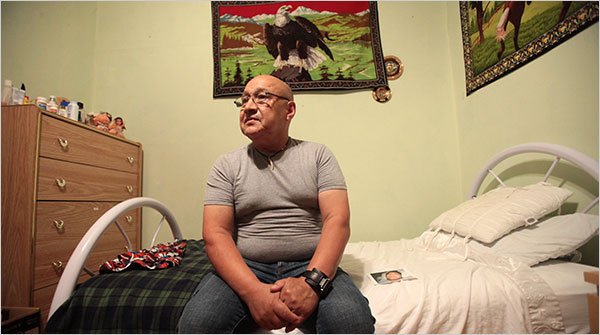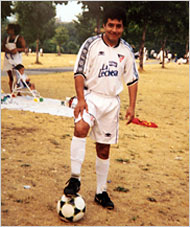| Want to send this page or a link to a friend? Click on mail at the top of this window. |
More Special Reports |
| Posted August 21, 2009 |
| National |
| Man's Death in Private Immigration Jail |
| Bares Difficulty of Detention Overhaul |
 |
|
SUZANNE DECHILLO/THE NEW YORK TIMES |
| The detainee's father, Felix Rodriguez, at his home in Queens, next to a photograph of his son he took in Arizona. |
|
By NINA BERNSTEIN |
|
|
|
 |
|
|
COURTESY OF FELIX RODRIGUEZ |
|
| Felix Franklin Rodriguez-Torres, shown here in Flushing Park, Queens. He died four years later. Document Viewer: Detainee Deaths at Eloy Detention Center |
|
____________ |
|
|
|
|
| A fatality, unlisted, from treatable cancer, undiagnosed, at a time of record profits. | |
|
____________ |
| . |
| Wehaitians.com, the scholarly journal of democracy and human rights |
| More from wehaitians.com |